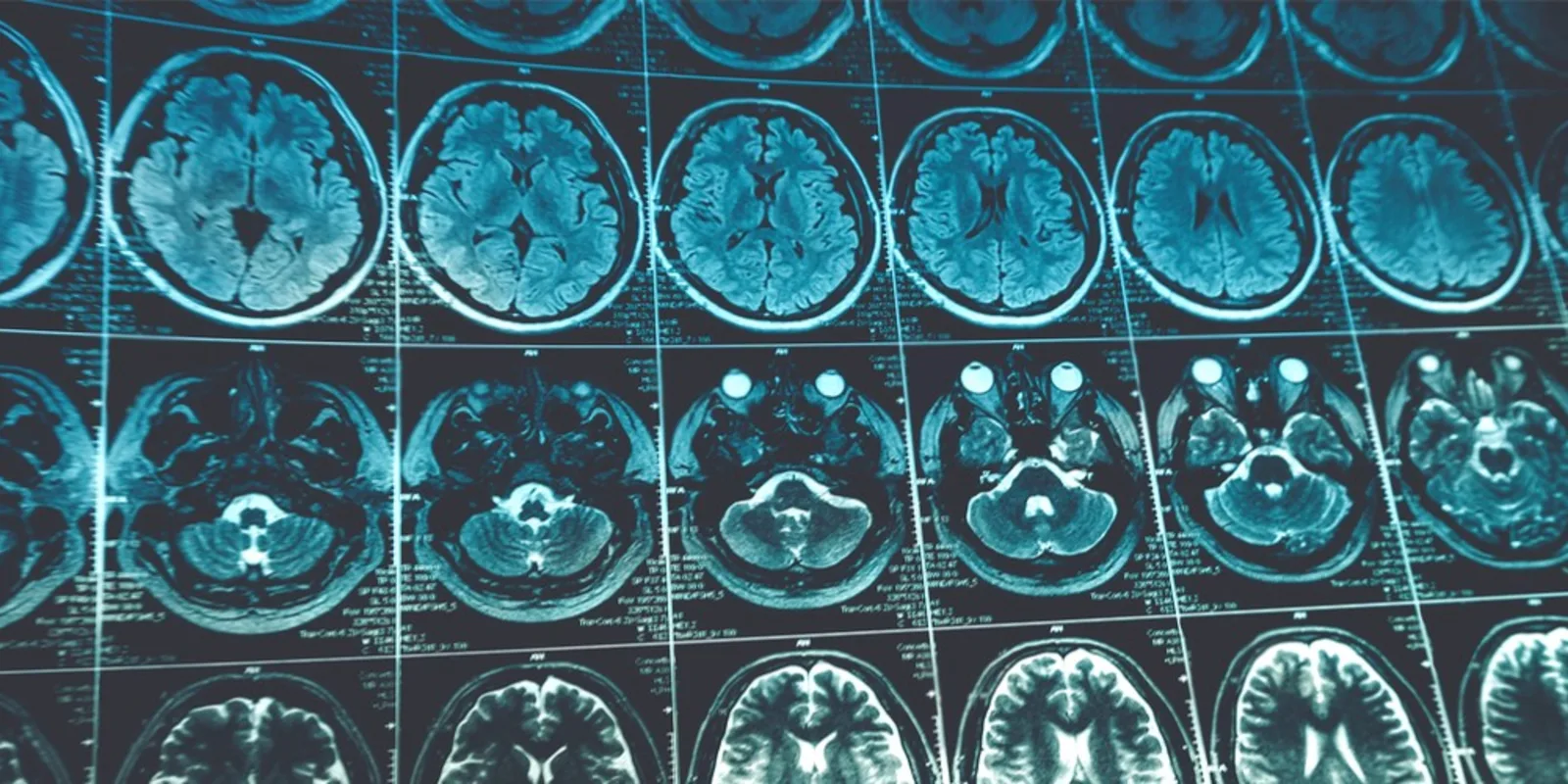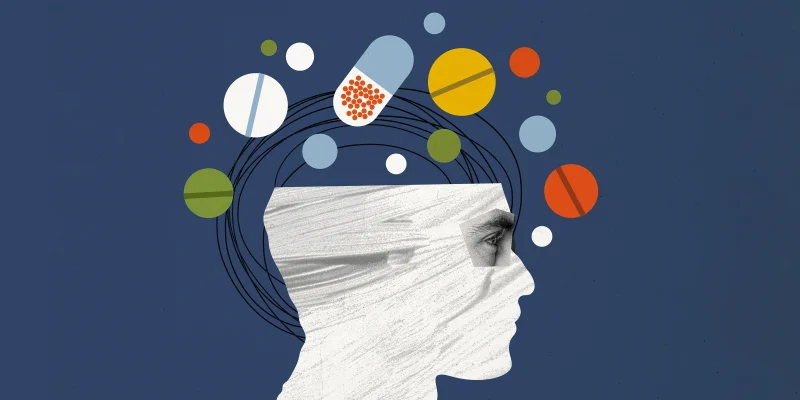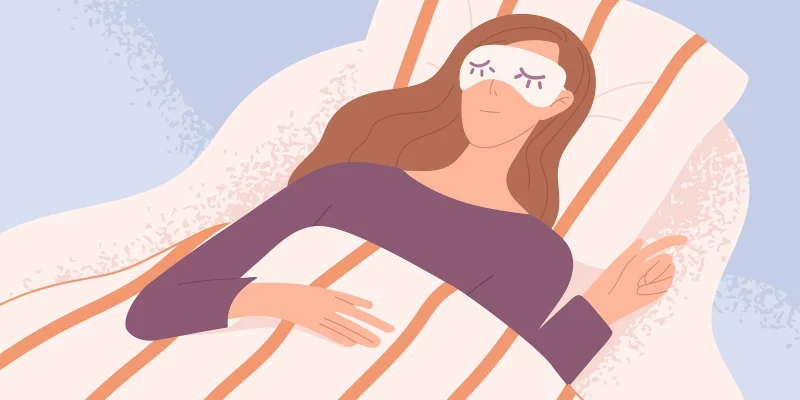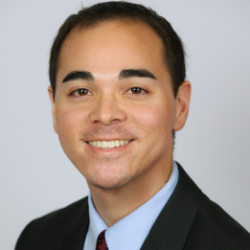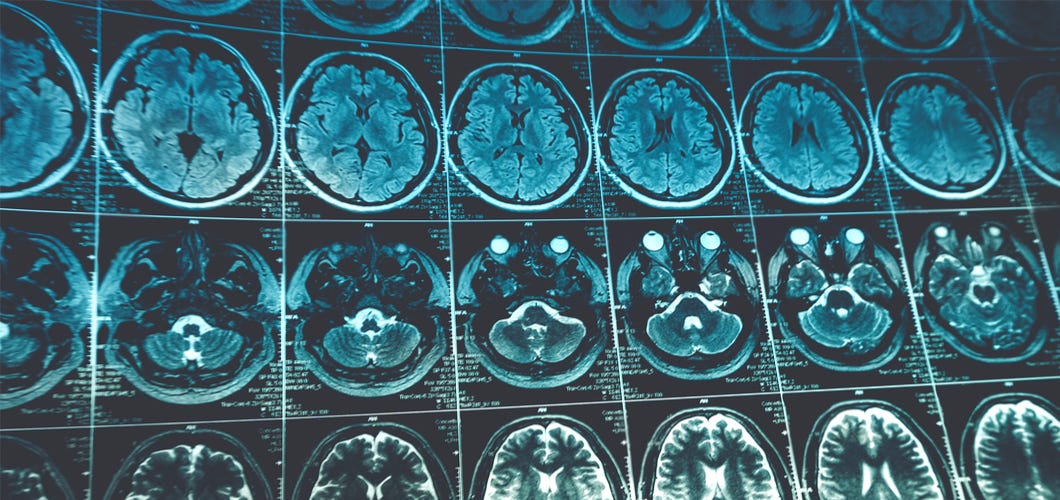
In medical school, I often heard the widespread assumption that neurologists only diagnose, but don’t cure. At first, this certainly appeared to be the case, at least when it came to strokes, tumors, and some rare diseases. However, my training in neurology has demonstrated that this assumption is incorrect. I realized two important aspects of modern medicine: 1) most specialties in fact only diagnose and/or treat their repertoire of diseases, as opposed to curing them; and 2) the importance of the diagnosis (both positive and negative) cannot be overstated.
In many respects, there is no question that medicine has been curative for many diseases. The introduction and continued production of various antimicrobials and vaccines have undoubtedly contributed to our ability to cure many infections. It also goes without saying that surgery is often curative for various emergencies and conditions. But a quick look at the top ten leading causes of death in the United States reveals that we are far from curing the deadliest of today’s diseases. For much of this list, the old adage “an ounce of prevention is worth a pound of cure,” never rang truer.
Nevertheless, the belief that neurologists can’t treat or cure disease should be debunked. For the neurologist, stroke management is focused on acute intervention, staving off further progression, and eventually preventing new strokes as an ER physician, cardiologist, or internist would manage an acute heart attack. In the case of headaches, tremors, or seizures, while there are certainly many refractory cases, by and large, these disorders can be effectively managed — and sometimes led into remission — with appropriate medication or therapy, without which patients would otherwise suffer an incredible loss of day-to- day functioning. More debilitating diseases such as multiple sclerosis, myasthenia gravis, and chronic inflammatory demyelinating polyneuropathy also require specialized attention and often multi- disciplinary approaches, but are certainly treatable.
While there remain several diseases for which medicine does not yet have cures, making the diagnosis is still wholly informative and essential; it also dictates which further investigations are needed. Some of these investigations may be invasive and expensive, which further highlights the need for a proper diagnosis. For example, if someone presents with focal weakness, attributing this symptom to multiple sclerosis versus a stroke, neuropathy, or a spinal cord lesion has tremendously different implications, treatments, and prognoses. If the diagnosis is in the history, as they say, then the treatment is in the diagnosis.
However, sometimes the diagnosis opens no roads to effective treatment strategies. Nowhere in neurology is this more apparent than in the world of dementia. Indeed, giving this diagnosis to a patient is unlikely to change their overall outcome, but giving the family this news is an imperative step in preparing them for their future.
This diagnosis is also often wrought with major psychosocial, familial, and legal ramifications. As another example, diagnosing a seizure, which often is not obvious by history, can lead to a 6-month suspension of driving privileges in many states. Yet, while neurologists exercise precision in diagnosing patients, I doubt that they do so more than in other specialties.
Finally, as a consultant, one is frequently tasked with ruling out conditions, and often times these are major, life-changing ones. As a result, I have also come to learn the significance of telling a patient they don’t have a disease. In my experience, many of these patients may have waited a very long time for the visit, done their own research, and now have preconceived notions or fears about what they may or may not have. In a few cases, they almost want you to confirm the diagnosis, having yearned for so long for an explanation for their symptoms and frustrated by the lack of certainty thus far. In other words, at times it can become as compelling for the physician to say “you don’t have this disease” as it can be to say “you do.”
The responses I have received for such negative diagnoses have ranged from mistrust and disbelief to anger and despair. On the other hand, I have seen it provide immense relief, allowing the patient and the referring provider to focus on other potential causes.
The bottom line is, as physicians, we all diagnose, treat, and sometimes cure disease. And even if we can’t cure something, the diagnosis or negative diagnosis is just as important.
Saurabh Sharma, MD, is a board certified neurologist who recently completed a fellowship in behavioral neurology and neuropsychiatry at Harvard Medical School. He is currently employed at Lahey Hospital and Medical Center, an affiliate of Tufts Medical Center. He is a 2017–2018 Doximity Fellow.
